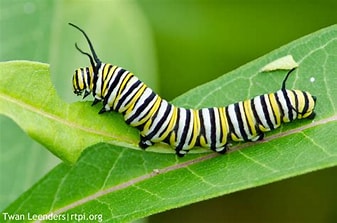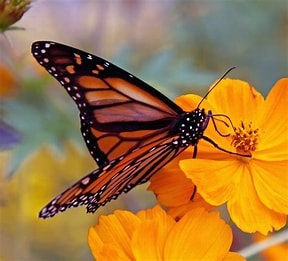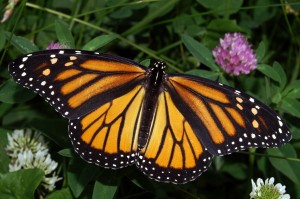Did you know that Monarchs are the only butterfly to migrate? In the spring they make the long journey from Mexico to the Northeast US/Canada. The butterfly that starts in Mexico does not fly all the way. It stops and lays eggs for the next generation, which will go another leg on the journey. There can be up to 4 or 5 generations of Monarchs that are involved in the north migration. In the fall, the migration goes south, but often one butterfly will make it the total journey.
To support the migrations, it is essential that they find plants on which to lay eggs (only milkweeds!) and nectar producing plants for food. Thus, waystations are planted to attract these amazing creatures and support their migration.
For those in Oklahoma or Texas, Okies for Monarchs (https://okiesformonarchs.org ) provides information on what to plant, how much to plant, where to find the plants/seeds, and how to certify an individual waystation. According to their website, “For optimum Monarch habitat, plant at least 10 milkweed plants, made up of two or more species, and several annual, biennial, or perennial plants that are in bloom sequentially or continuously during spring, summer and fall.”
Monarch Watch (https://monarchwatch.org/waystations/ ) also provides a wealth of information, including how to install and certify (register) a waystation. In addition, they have information suitable for use in the classroom, and provide links to follow the migrations in spring and fall.
I’ve included a picture of a Monarch butterfly. But, watch for the caterpillars (particularly in the spring) on milkweeds. They are a lovely sight to behold.



